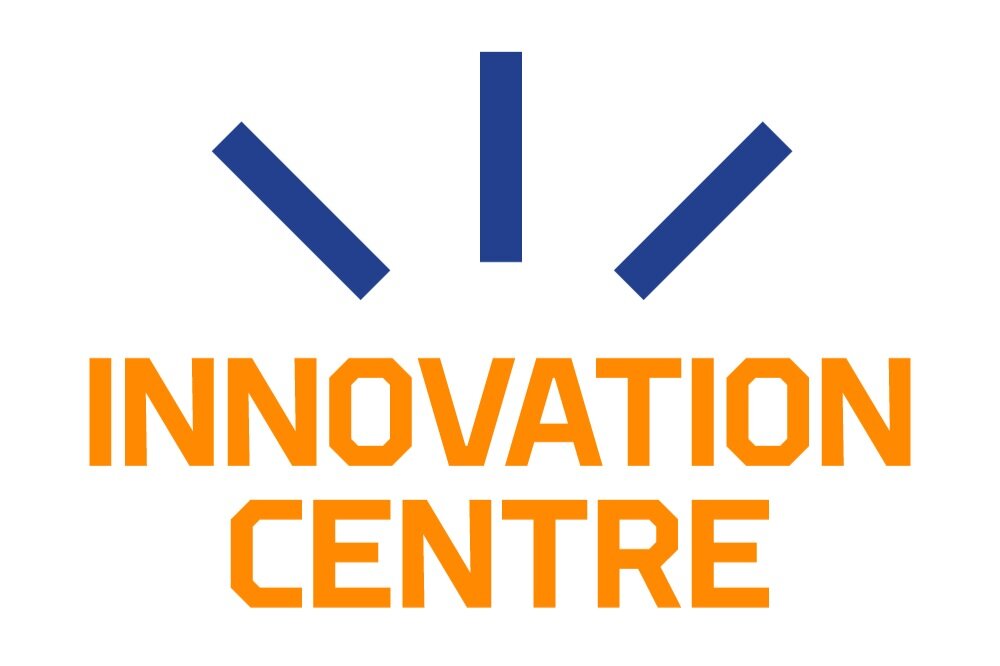When and how do I disclose an invention?
Making and disclosing an invention, the related processes within the University and the patenting process itself form a continuum. At the InnoVisitor event, Sami Aromaa described to the audience what the timeline consists of and where on the timeline academic publications come in.
The first stage is where the idea of an invention emerges. At this stage, it is essential to recognise the invention for what it is and move on to the following stage. The expertise of the Innovation Centre’s staff can help in the identification of innovations. An invention is always technical. There is no need to focus on the invention’s commercial aspects or applications at this stage.
Next, it is time to file an invention disclosure. This will take from a few hours to a few days, depending on the researcher’s prior experience. A researcher who has made several inventions will draw up the report in no time.
In the following stage, the University’s Innovation Centre processes the invention disclosure. This may take several months, but usually the inventor receives feedback from the University within two months. The decision may be favourable, meaning that the University will initiate the patenting process and commercialisation, or unfavourable, meaning that the University decides against patenting. However, do not give up if your application is rejected. As Sami says, move on to the next project or further refine your invention. A rejection also includes the reasons for it, and this information can be very useful.
If the University decides to initiate the patenting process, next you will engage in further discussions with the University concerning the commercialisation path and related funding. This will be followed by the drafting of a patent application assigned to a patent agent, such as Sami. At least one month should be allocated to the drafting of the application. This stage includes discussions between the patent agent and researcher to ensure the agent gets all the necessary information about the invention. The patent agent takes care of the “physical” work, that is, writing the application, while the inventor’s role is to describe the invention to the agent and help devise various implementations for the invention.
Finally, it is time to file the patent application. This usually takes place around five months after the Eureka moment.
A day after filing the patent application, you can release a scientific publication on your invention. The content of the publication and the patent application can be partly the same. Before you file the application, all unfinished research results are also valuable and you should refrain from disclosing them even in the form of abstracts or orally. This will ensure that the patent’s novelty is not endangered.
According to veterans in the field, the invention disclosure is actually a lot easier to write than the scientific publication. During the patenting process, the researcher is encouraged to consider various applications and uses for their invention. The researcher also gains greater competence and understanding of patents in the process.
Initiate discussions with the Innovation Centre as early as possible. They can help you identify an invention and provide guidance on what and when to publish so as not to jeopardise patenting. The Innovation Centre also helps you apply for additional funding to further develop the invention and find a commercialisation path.
More information (internal Uni Oulu links)
University of Oulu guideline in disclosing inventions: Invention disclosure | Patio (oulu.fi)
Proof-of-concept (POC) funding: Proof-of-Concept (PoC) funding | Patio (oulu.fi)
Research to Business (R2B) funding: Research to Business (R2B) funding | Patio (oulu.fi)
PatSheer patent database: PatSeer patent database | Patio (oulu.fi)
Emilia Hoikkaniemi
Yliopistoharjoittelija // Intern
+358 50 346 9906
emilia.hoikkaniemi@oulu.fi
Innovaatioviestinnän harjoittelija kesällä 2022, blogitekstit, uutiset, sosiaalinen media, tapahtumaviestintä.
Innovation communications intern in Summer 2022, blog posts, news, social media, event communications.



